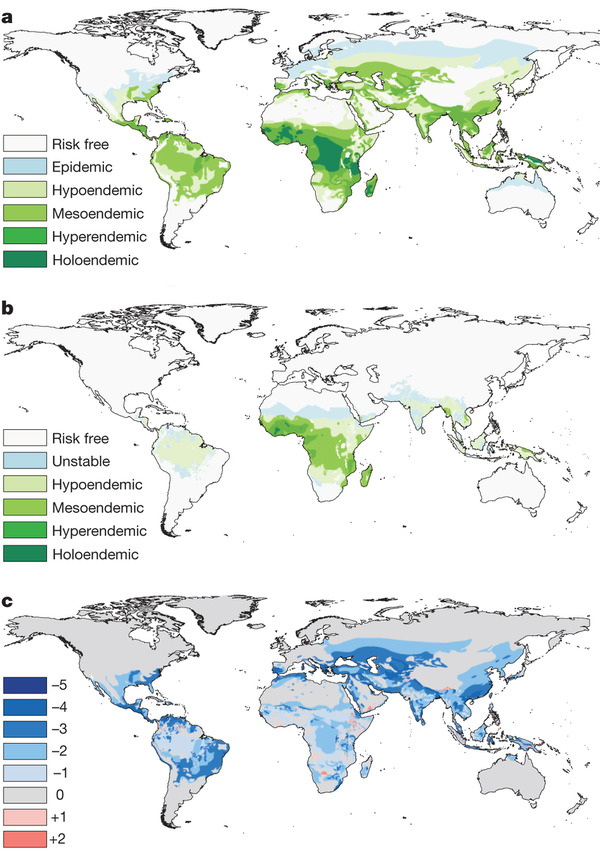Australian scientists say they have made an important discovery in the fight against malaria. They have found that people in Africa who are immune to malaria have developed powerful natural defenses against the disease.
Researchers at Melbourne’s Burnet Institutewho are searching for ways to develop a vaccine believe that people in east Africa could help unlock some of the secrets of this unremitting disease.
The scientists are investigating why some Kenyans have become immune to malaria. They have identified antibodies, which are part of the body’s natural defenses, that attack the malaria parasite. The hope is that a vaccine can be developed to recreate this natural immunity. Professor James Beeson, a public health physician at the Burnet Institute, says it is an important breakthrough.
“What we know is that some people who develop malaria and recover, develop an immune response that seems to then protect them against, you know, subsequent infections or attacks,” he said. “So the big question has been how does the immune system do this? What specific part of the malaria organism parasite does the immune system attack? And if we know this, could we use this knowledge to develop a vaccine?”
Malaria causes about one million deaths every year, many of them children under the age of five. The mosquito-born disease is present in 90 countries across Africa, South America and Asia. It also prevalent in the South Pacific nations of Papua New Guinea, the Solomon Islands and Vanuatu. Australian researchers believe that an effective vaccine could be available within the next decade.
Source: VOA News
